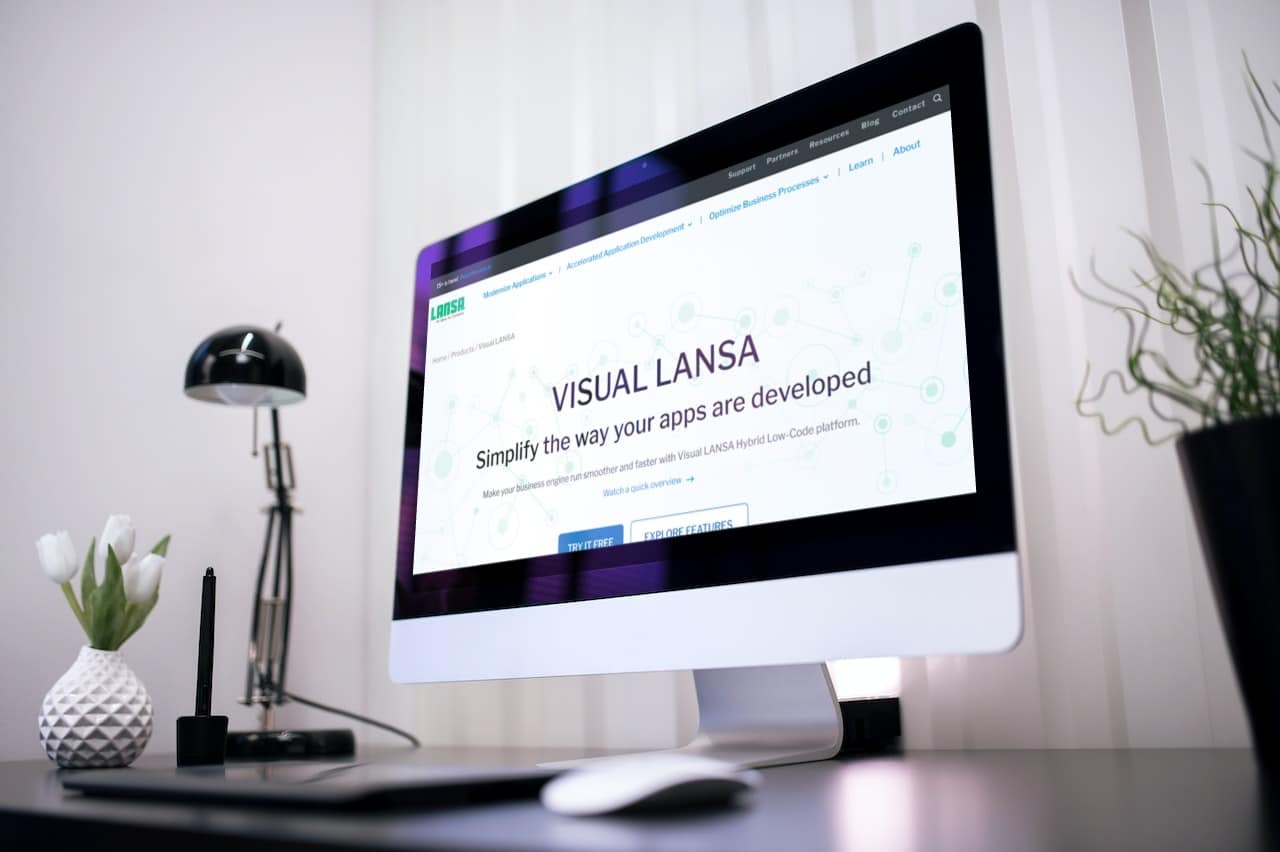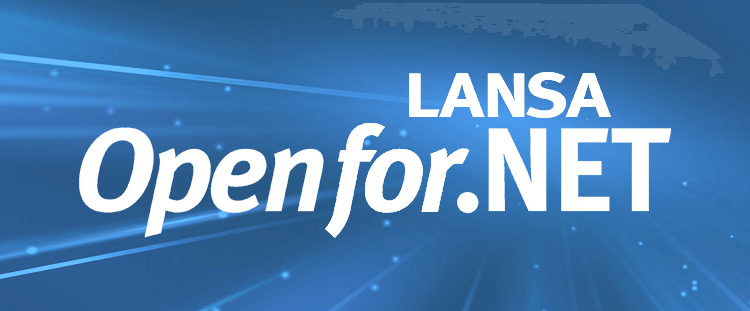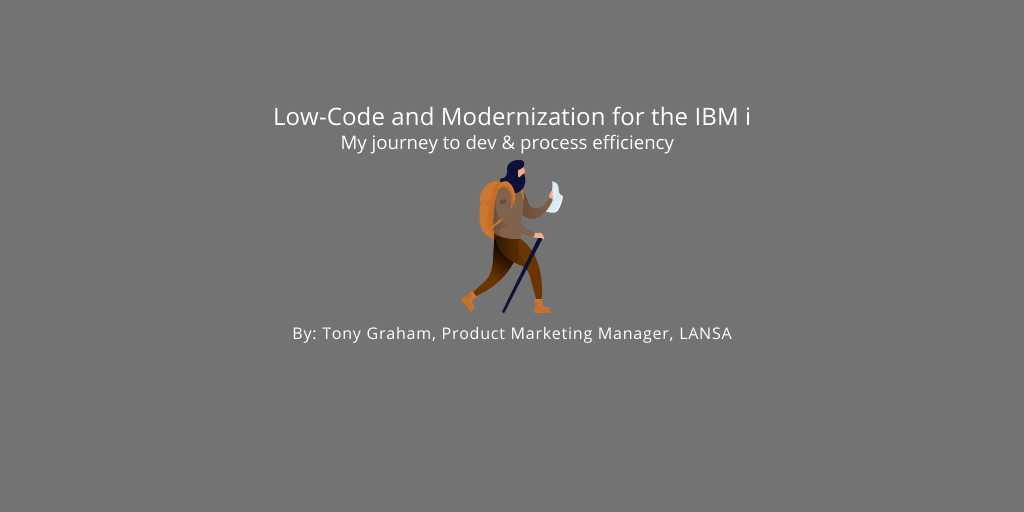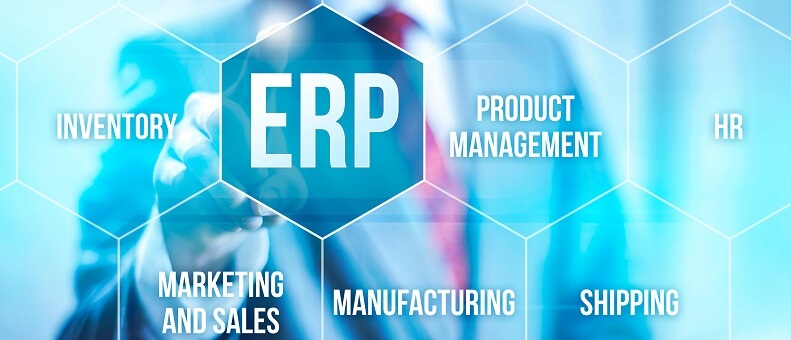Workflow applications enable users to actively participate and manage business processes across any or all areas of an enterprise. For example, a manager’s daily role may involve hiring decisions, PO approvals or expense reviews. Each approval may be linked to a myriad of systems within the enterprise. A workflow application would provide the manager with a single To-Do list across all systems so that they are able to focus on the job at hand – without the need to learn the nuances of each disparate system.
My colleague, Paul McDonald, manager of professional services, and I recently participated in a discussion with McPress Online about workflow and other collaborative applications for the IBM i. We answered a series of questions about workflow applications and how they can be used to automate and monitor business processes.
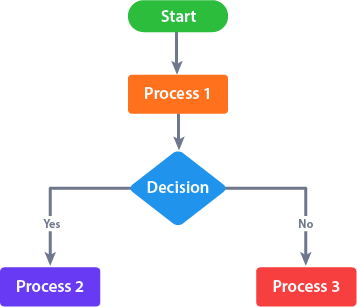
- Many IBM i workflow solutions are tightly coupled with line of business applications and do not offer the benefits of a generic application that can be used to manage business processes across the enterprise.
- Workflow applications don’t offer the ability to easily create web-based GUI forms to extend or supplement existing tables with the database.
- Workflow applications lack an easily configurable way to interface with email engines, and simple integration to the most popular document creation tools like Microsoft Office and Adobe PDF.
Is it common for your customers to use both workflow and messaging software to keep their employees in touch? Why do you think this is the case so frequently?
Yes, the payback for workflow implementation is to improve business process flows. All workflow solutions focus on improving throughput by identifying bottlenecks or inefficiencies within the process flow. These negative flow factors can be addressed by looking at historical workflow throughput and applying dynamic messaging schemes. The use of dynamic messaging, especially when coupled with defined/configurable threshold timeframes allows for real-time improvements in the business process flow. Therefore, notifications via different message protocols (SMTP, SMS, etc.) to actors within the workflow orchestration are critical to the success of any workflow solution.
Is time spent entering information about project progress seen as excessive by some end users and how do your customers cope with that attitude among employees?
Obviously, information is a key component for successful management, improvement, and control. How management uses the information collected is what makes the difference between firms that succeed and those that fail. Employees need to be informed as to how the information they are being asked to collect is influencing the well-being of the organization. They need to be privy to the KPIs related to their roles and be part of the discussion process to improve efficiencies. When this occurs they can better appreciate the need for data collection and the tangible benefits that derive from their work.
What are some of the challenges you see facing workflow apps in the near future?
The near future always seems to be now. As systems and technologies evolve over time, workflow applications need to be able to consistently keep pace and deliver solutions that support this changing UI landscape, messaging protocols and delivery platforms such as mobile devices. This includes all aspects of workflow, from how data is collected to how KPIs are communicated to business executives. Workflow solution providers need to invest in keeping up-to-date with technology trends and think strategically on how best to deliver capabilities within the product that will deliver the best value in terms of technological “currency.”
For example, with increasing numbers of enterprise systems in the Cloud, access to these systems to share critical information and accomplish tight integration sometimes seems elusive. Regarding UI, messaging protocols, and delivery platforms, consider REST, SOAP, WSDL, HTML5, and whatever comes next. Enough said?
Access the published article on McPress Online.
LANSA Workflow Framework
The LANSA Workflow Framework is a robust solution for automating and monitoring business processes. This highly configurable database driven application offers by varying degrees, depending on customer needs, key checks and balances, forward and escalation, security and administration and integration capabilities with existing client applications.
The design objective of the framework is to provide a generic workflow solution that will enable users to actively participate and manage business processes across any or all area of the enterprise. The workflow application can be tailored to fit an organization’s unique needs and integration requirements – including the whole workflow life cycle of event initiation, workflow enactment, as well as event notification, latency monitoring, document management and integration with other business application processes and data. This architecture provides the ability to make client-specific customization of the general-purpose workflow activities with minimal effort.












